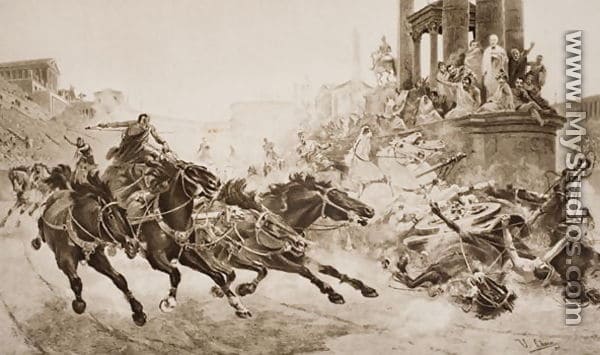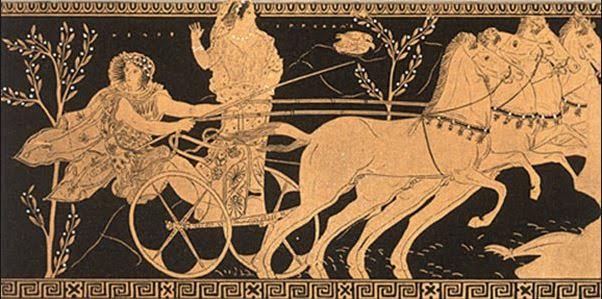
In the a winner could not be decided, wrestling was the tie breaker. The winner was often determined after these four events. According to Goldblatt, the competitors faced off in a footrace, the discus, the javelin and a jump that may have included weights. The pentathlon then was made up of five events: the discus throw, the long jump, the javelin throw, a foot race and wrestling. If the chariot races in Olympia were anything like this, I could see why this was a must-see event!ĭay Four: Goldblatt wrote that day four was the day for generalists, when the pentathlon was held. Below is a clip from the 1959 film Ben Hur, which is supposedly Rome in AD 26, over 680 years after the establishment of the four-horse chariot race. There were some six variants of chariot races – two and four-horse competitions, two mules, or foals as well – and they ran anywhere from 3,500 to 14,000 meters long. Carter described it as “training for warriors who would be engaging in hand to hand confrontation with the enemy and Sparta was particularly associated with the sport.” In the pankration, you could bite or gouge eyes.ĭay Three:On the third day, according to Carter, spectators enjoyed chariot races at the hippodrome.

The afternoon sees competitions in wrestling and boxing for the boys, as well as what could be considered a mixed-martial art called the pankration. The victor receives a palm leaf, and his family and home town are honored by his grand accomplishment. The morning saw heats after heats of foot races as the qualifiers are shrunk down to the finalists. Greek boxer surrendering by raising of index fingerĭay Two: According to Alan Carter’s book, The Olympic Glory That Was Greece, the second day was devoted to competitions for boys. According to Goldblatt, “there was plenty of cheating and plenty of bribery.” He went on to say that the many statues of Zeus that adorned the area of the sporting grounds were paid by with fined for rule breakers. In the 5th century BC, athletes, trainers and their families took an oath “that they would be guilty of no foul play and that they would be fair and not accept bribes.” But as we find inconsistency at times between what athletes promise to do and what they actually do, we find human behavior hasn’t changed much over the millennia.

Here is the athlete’s oath, for example: “In the name of all competitors, I promise that we shall take part in these Olympic Games, respecting and abiding by the rules that govern them, committing ourselves to a sport without doping and without drugs, in the true spirit of sportsmanship, for the glory of sport and the honour of our teams.”

Opening Day: Today, an athlete a judge or official and a coach take an oath symbolically for all athletes, judges and coaches at the opening ceremonies of an Olympiad, promising to uphold the spirit of sportsmanship.

Chariot races olympic games full#
Today, the modern-day Olympics are held over a two-week period, or 16 days because it covers three full weekends.īut back in the day, way way back in the day – say over 2500 years ago – The Olympia Games were a five-day affair, as is explained in the book, The Games: A Global History of the Olympics, by David Goldblatt. Artist’s rendition of the site of the ancient Olympia Games


 0 kommentar(er)
0 kommentar(er)
